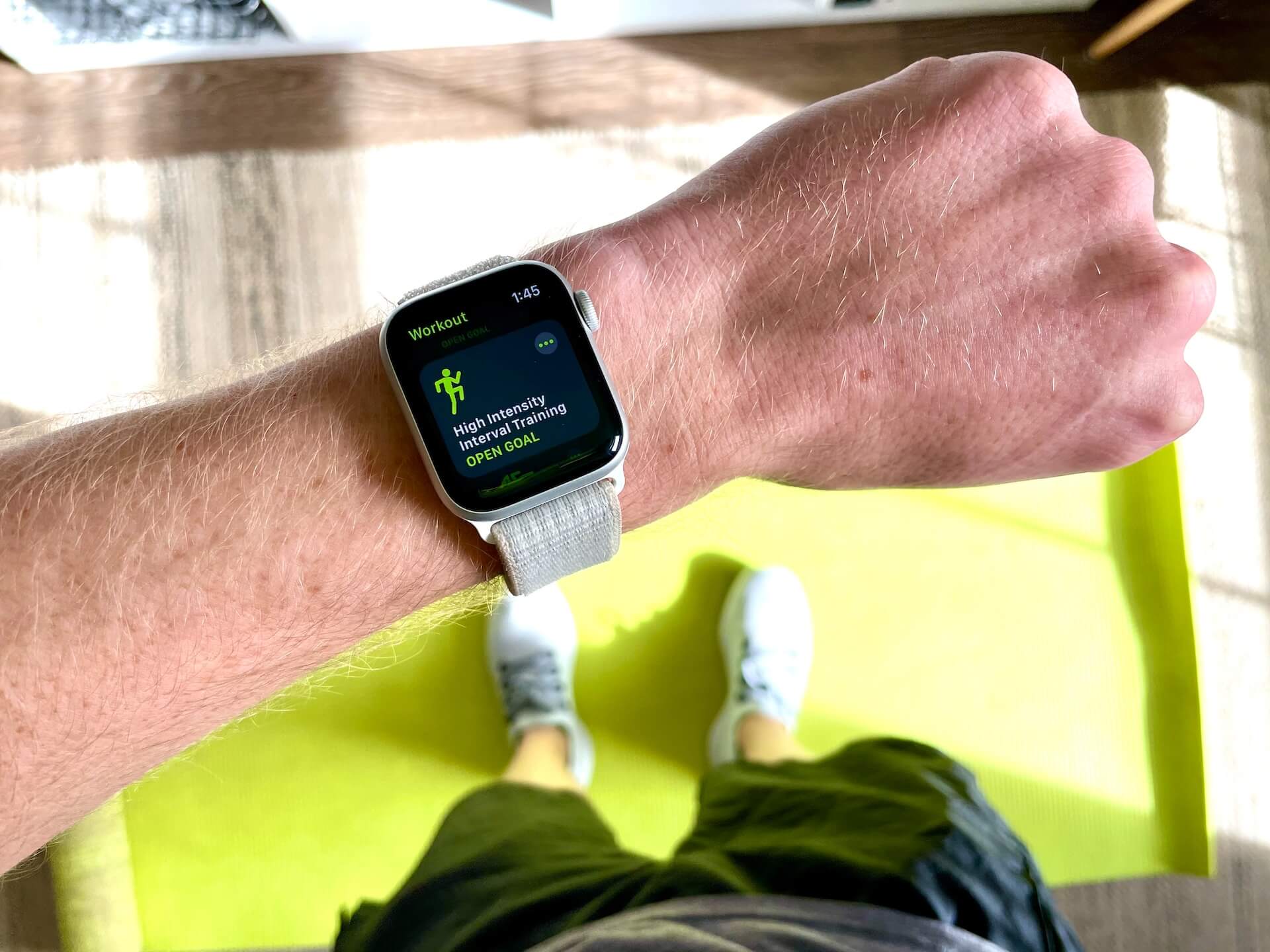Exploring High-Intensity Interval Training (HIIT)
High-Intensity Interval Training (HIIT) is a workout technique that involves alternating between intense bursts of exercise and periods of rest or low-intensity activity. It is a popular form of training due to its time efficiency and ability to provide significant health benefits. Understanding the science behind HIIT is crucial for maximizing its effectiveness and incorporating it into your fitness routine. By doing so, you can experience improved fitness levels and reap the numerous advantages that HIIT has to offer.
The Science behind HIIT
To comprehend the science behind HIIT, it is necessary to understand the difference between anaerobic and aerobic exercise. Anaerobic exercise involves short, intense bursts of physical activity that rapidly increase heart rate and utilize stored energy in muscles. On the other hand, aerobic exercise involves steady-state cardio activities that maintain a moderate intensity and rely on a continuous supply of oxygen. HIIT combines both anaerobic and aerobic exercises in a strategic manner.
Compared to steady-state cardio workouts, HIIT has been proven to provide greater physiological changes and benefits. Steady-state cardio workouts primarily improve cardiovascular endurance, whereas HIIT activates both aerobic and anaerobic energy systems, resulting in improved overall fitness. HIIT also stimulates the production of human growth hormone (HGH), which aids in fat burning and muscle development. The intense bursts of exercise during HIIT sessions create a significant oxygen debt, which leads to post-exercise calorie burn and an increased metabolic rate.
Benefits of HIIT
Incorporating HIIT into your fitness routine can lead to a plethora of benefits. One of the primary advantages of HIIT is increased calorie burn and weight loss. The intense nature of HIIT workouts, combined with the post-exercise calorie burn, helps to create a calorie deficit and promote fat loss. Additionally, HIIT has been proven to be more effective at preserving muscle mass compared to traditional steady-state cardio workouts.
Another major benefit of HIIT is its time efficiency and convenience. HIIT workouts are typically shorter in duration but provide the same, if not more, benefits as longer, less intense workouts. This makes HIIT a great option for individuals with busy schedules who struggle to find time for exercise. In just 15-30 minutes of HIIT, you can achieve a challenging and effective workout.
Furthermore, HIIT improves cardiovascular fitness and endurance. The intense bursts of exercise during HIIT sessions challenge the cardiovascular system, leading to improved heart health and lung capacity. Regular HIIT workouts can help reduce the risk of cardiovascular diseases and improve overall cardiovascular fitness.
Lastly, HIIT has been found to enhance insulin sensitivity and metabolic health. This is beneficial for individuals with insulin resistance or metabolic conditions such as diabetes. HIIT workouts improve the body’s ability to utilize insulin effectively, leading to better blood sugar control and reduced risk of developing type 2 diabetes.
Incorporating HIIT into Your Fitness Routine
To incorporate HIIT into your fitness routine, it is important to customize your workouts based on your fitness level and goals. Beginners should start with shorter intervals and gradually increase the intensity and duration as they progress. It is recommended to perform HIIT workouts 2-3 times per week, allowing for adequate rest and recovery between sessions.
When selecting exercises for your HIIT workouts, choose movements that engage large muscle groups and can be performed with good form and technique. This could include exercises such as burpees, squat jumps, mountain climbers, and kettlebell swings. Additionally, incorporating equipment such as dumbbells, resistance bands, or a stationary bike can add variety and intensity to your HIIT workouts.
Before starting a HIIT session, it is essential to warm up properly to prepare your muscles and joints for the intense exercise. This can include dynamic stretches, light cardio activities, and mobility exercises specific to the movements you will be performing during the workout. Similarly, cooling down with static stretches and gentle movements after the HIIT session can aid in recovery and prevent injury.
Common Mistakes and Safety Considerations in HIIT
While HIIT can be highly effective, it is important to be aware of potential mistakes and safety considerations. One common mistake is overtraining, which can lead to burnout, fatigue, and an increased risk of injury. It is essential to listen to your body, take rest days when needed, and gradually progress your workouts to avoid overtraining.
Maintaining proper form and technique is also crucial in preventing injuries during HIIT workouts. Performing exercises with correct form helps to target the intended muscle groups and reduces the risk of strains or sprains. If you are unsure about proper form, it is advisable to seek guidance from a qualified fitness professional.
Lastly, listening to your body and modifying workouts when necessary is important for injury prevention and long-term sustainability. If an exercise or movement causes pain or discomfort, it is important to make modifications or choose alternative exercises that work for your body. Everyone’s fitness journey is unique, and it is essential to prioritize safety and well-being.
Conclusion
Incorporating High-Intensity Interval Training (HIIT) into your fitness routine can lead to significant health benefits and improved fitness levels. Understanding the science behind HIIT, including the physiological changes it induces and the advantages it offers, can help you make the most out of this training technique. By customizing HIIT workouts, selecting appropriate exercises and equipment, and paying attention to safety considerations, you can ensure a safe, effective, and enjoyable HIIT experience. So why not give HIIT a try and experience the positive impacts it can have on your overall well-being?
